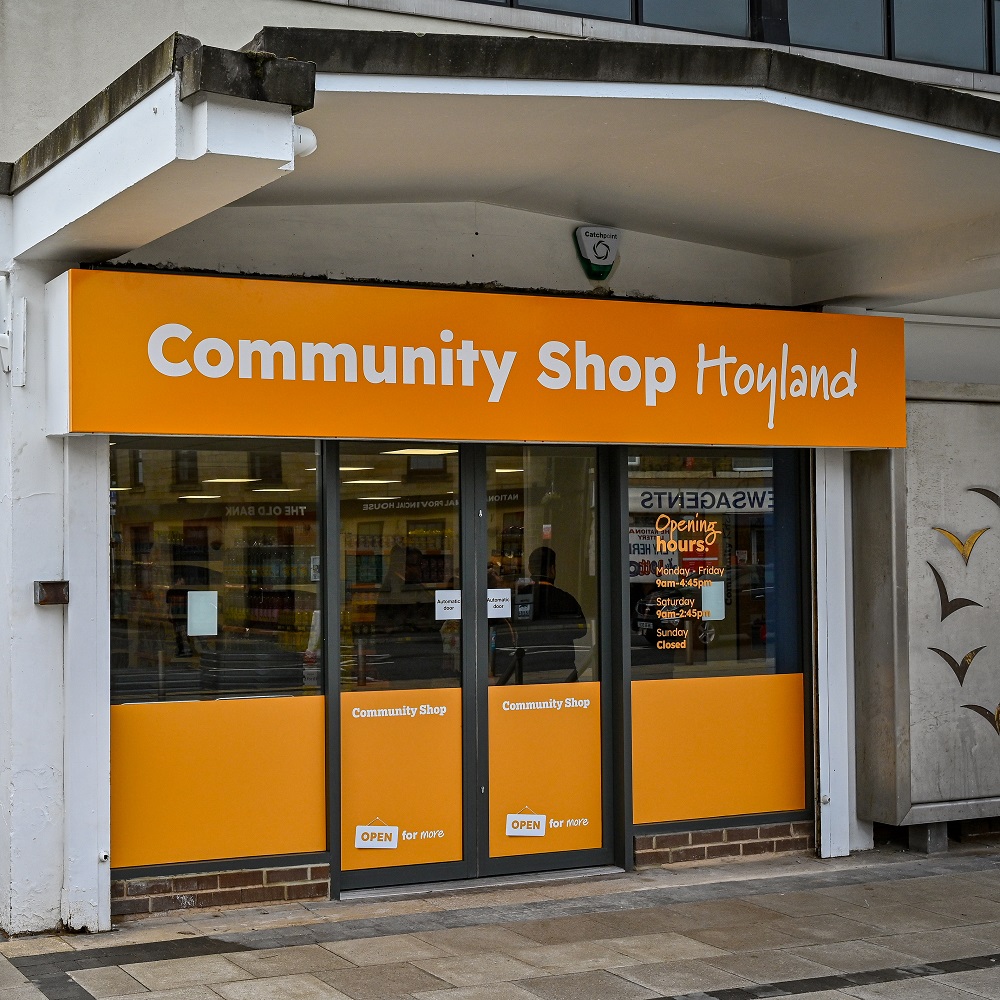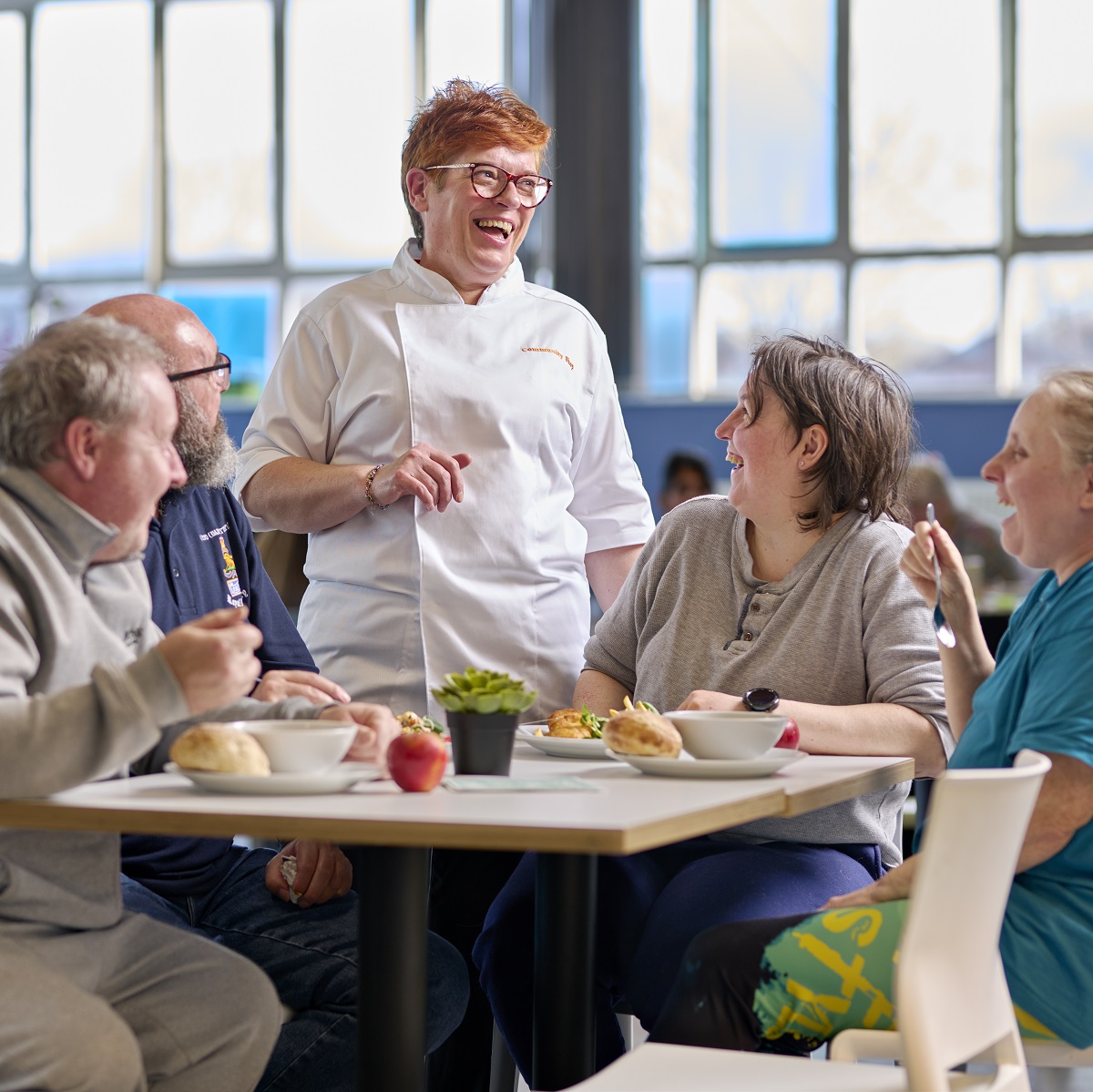From surplus to social impact – building the Community Shop
The social enterprise model was created as an innovation to change the way we think about business. More and more, communities and corporates are considering the shared value a business can bring them. Not just an avenue to deliver profits, but to deliver real change for people, local economies and the environment.
But how do you get into it? This is the question Company Shop Group, which runs the pioneering Community Shop, asked themselves. In collaboration with the UK’s first social supermarket, we have created a four-part case study exploring this private organisation’s journey in adapting the social enterprise model into their overall operations. We look at the conversations they began with a decade ago, the impact they deliver across their 14 sites today, what it takes to become a social enterprise, and an insightful conversation among experts about the movement’s ethos.
Browse the sections below to explore the full story.

Part 1 – Doing good is big business in the UK
At the core of Community Shop lies a strategic decision: why establish it as a social enterprise?
In this first part of our case study, we explore this feature on Company Shop Group, long recognised for tackling surplus and waste, expanded its ambitions to create meaningful community impact.
We also see insights from our own membership team about defining the model and the attributes needed for sustainable growth.

Part 2 – How to build a social enterprise
Building a social enterprise takes more than a good idea — it requires a clear model, practical steps, and the right support.
In this section, we answer some of the most frequently asked questions about adopting the business model, outlining the criteria for success, and highlight the benefits of Social Enterprise UK membership as well as offering practical advice for starting and scaling.
Part 3 – A proven social enterprise
Community Shop today stands as a proven social enterprise, combining commercial discipline with social impact. This section presents a short video capturing its ongoing work: key statistics highlight measurable outcomes, while bringing to life the powerful, personal transformations taking place across communities.

Part 4 – A fireside chat with Gary Stott and Peter Holbrook
Strong change is fuelled by strong thought leadership. For the social enterprise sector which has been evolving for years, this section is a fireside chat with two stalwarts of the community: Gary Stott, executive chairman of Community Shop CIC and Peter Holbrook CBE, CEO of Social Enterprise UK.
Filmed at Community Shop’s Lambeth branch in West Norwood, which has been there since 2016, the pair offer their expert opinions and reflections of their established careers as changemakers of the sector. Expect conversations to deep dive into the perception of social enterprise and how its changed over the years, their positive social impact in the past decade, the journey they and their respective peers have gone on and, the best way to guide the transition to this purpose-led model.

